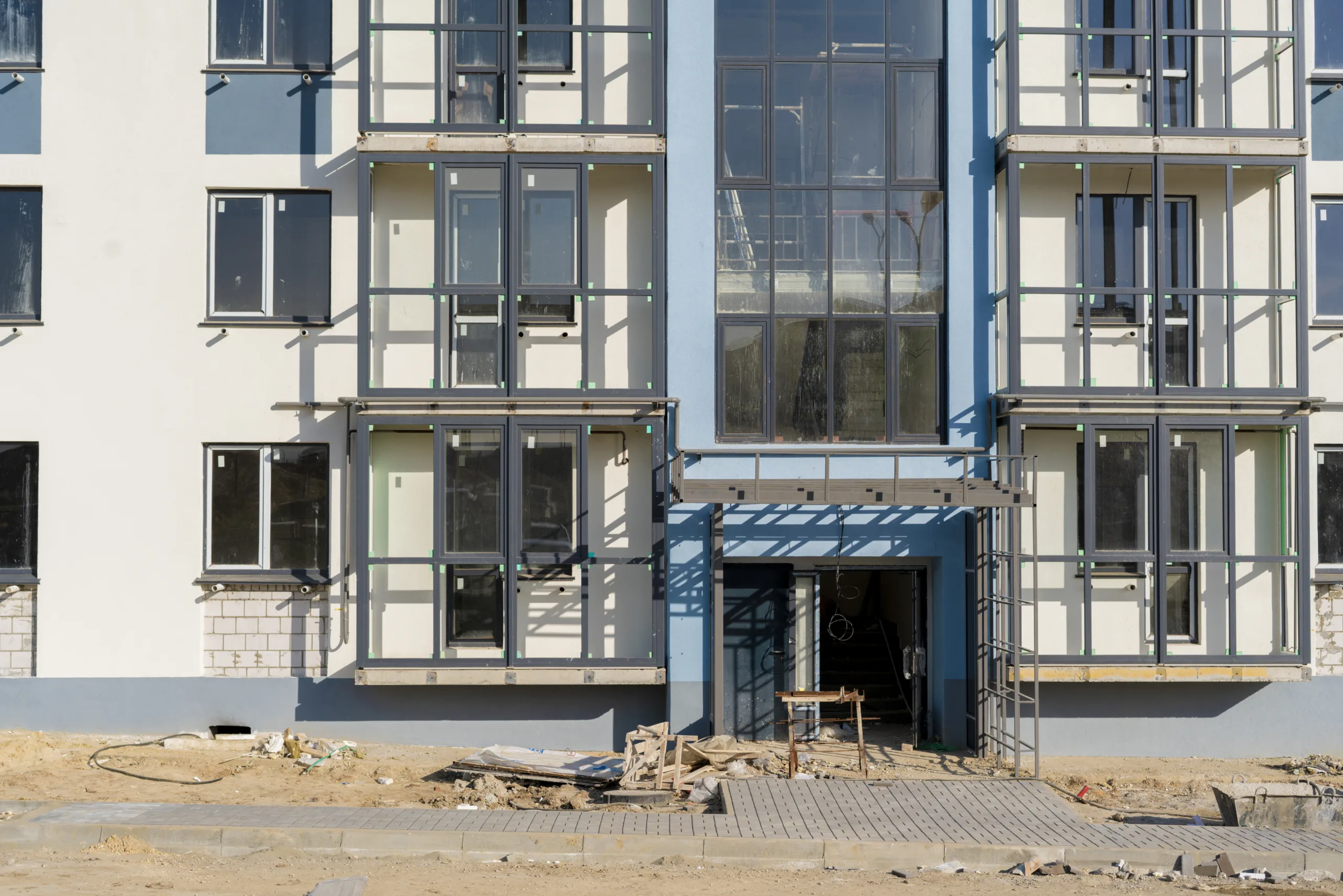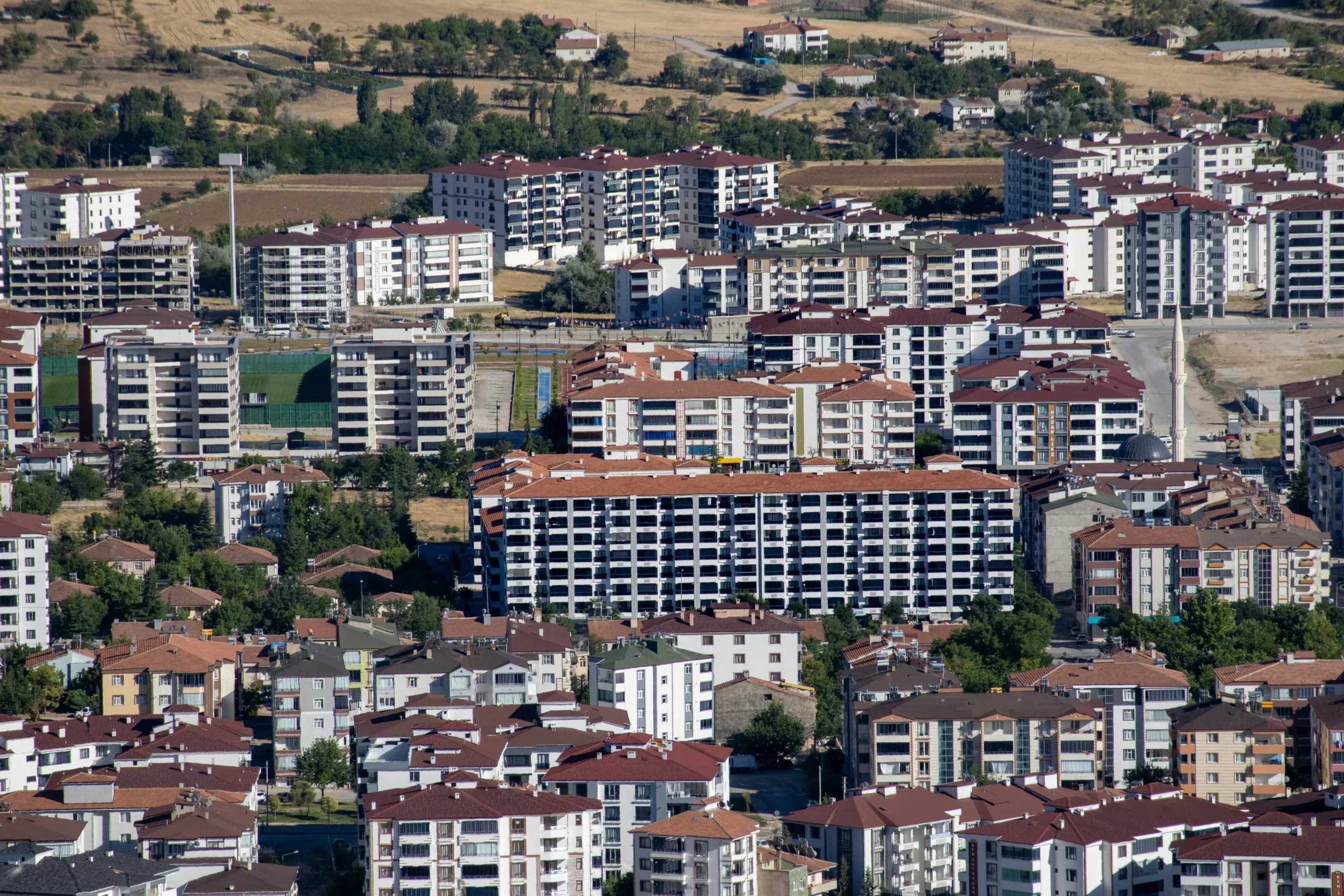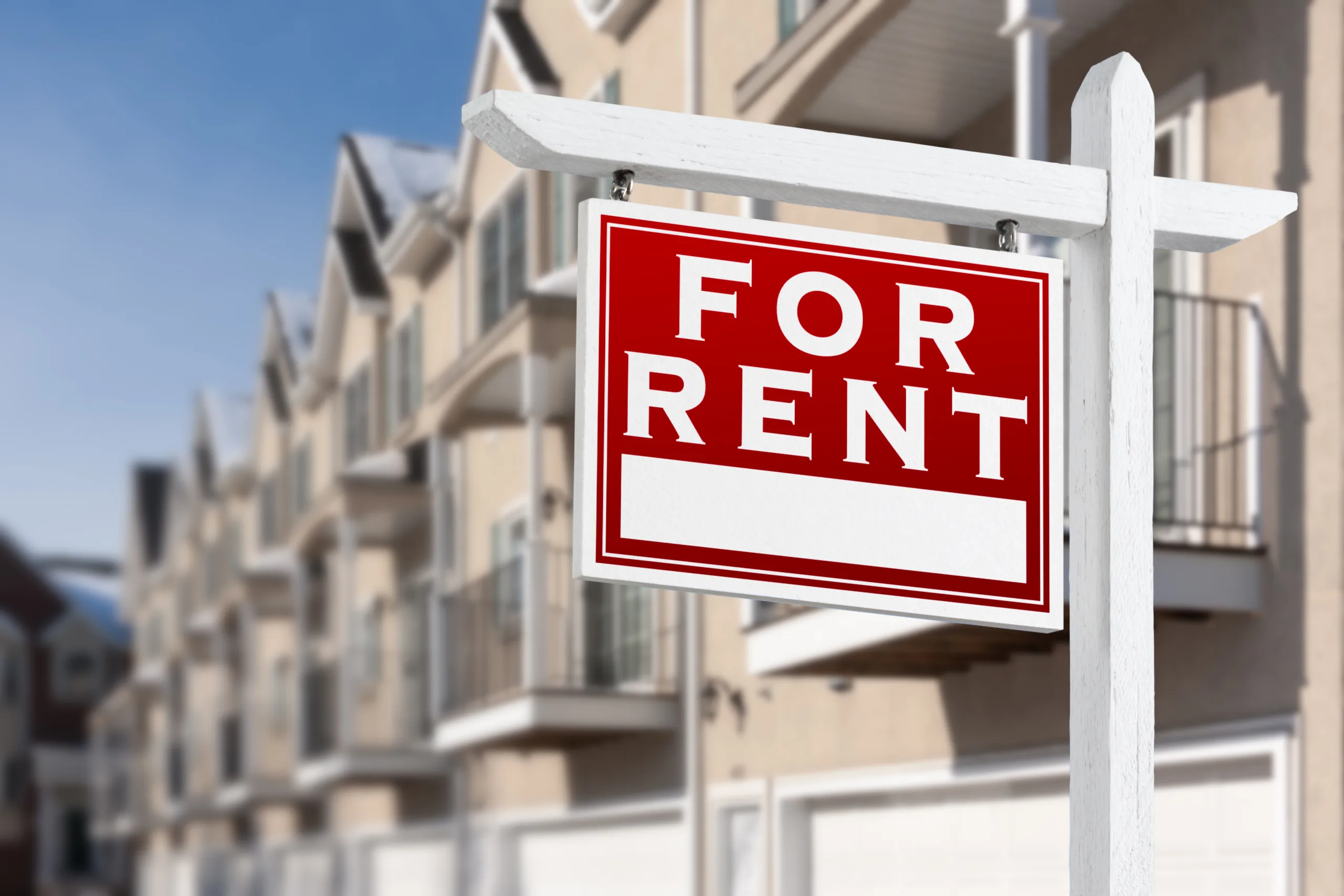- $930B in CRE debt matures in 2026, a sharp jump driven by years of loan extensions during the low-rate era.
- Private capital, especially mezzanine debt, has helped delay defaults—but cracks are showing as capital values fall.
- Foreclosure activity is rising, and MSCI expects a surge in apartment foreclosures as 60% of 2021–2022 loans mature next year.
The Big Picture
According to Bisnow, the US commercial real estate market faces a critical test in 2026. Over $930B in loans will come due, according to MSCI. That’s more than triple the $300B set to mature in the second half of 2025.
Lenders extended many loans made during the low-rate era, hoping to avoid losses. These extensions delayed distress but have now created a much larger maturity wall for 2026.
The Role of Private Debt
Private credit has played a key role in holding the market together. Since 2020, nonbank lenders raised more than $137B through 430+ closed-end debt funds, according to JLL.
Borrowers relied on mezzanine and bridge debt to refinance and stay afloat as interest rates climbed. This capital helped stretch loan terms, buying time for property owners.
But that strategy is losing steam. “That mezz stuff is where there’s pain in the cycle,” said MSCI’s Jim Costello. These layers of financing still deliver some returns, but capital values are falling.
Get Smarter about what matters in CRE
Stay ahead of trends in commercial real estate with CRE Daily – the free newsletter delivering everything you need to start your day in just 5-minutes
Why 2026 Could Be the Breaking Point
Rising interest rates make refinancing much harder. The average rate on CRE loans this year hit 6.24%, up from 4.76% on maturing debt, according to CRE Daily.
At the same time, lenders are growing less patient. Many no longer want to restructure loans—especially those tied to struggling office buildings or highly leveraged apartments.
Foreclosures are already climbing. In the first half of 2025, lenders recorded nearly 150 CRE foreclosures, MSCI found. That’s the highest midyear total since 2014. Two-thirds of apartment foreclosures involved loans from 2021 or 2022, when borrowing costs were still low.
MSCI expects even more trouble next year. Costello said 60% of those apartment loans mature in the second half of 2026, likely triggering a fresh wave of foreclosures..
Slower Than 2008, But No Less Painful
This downturn is unfolding more slowly than the Global Financial Crisis. Costello noted that back then, lenders took losses quickly. “The last one, it was more of a rip-the-Band-Aid-off kind of approach,” he said. “This one’s slower—pulling the Band-Aid off slowly.”
So far, lenders have managed to keep many loans afloat with new structures and fresh capital. But those tools are reaching their limits.
Looking Ahead
Even with recent interest rate cuts, refinancing remains expensive. Loan terms are tighter, and market confidence is shaky.
Meanwhile, the private credit market keeps growing. Rok Financial projects it will reach $2.6 trillion by 2029. Mezzanine debt, in particular, is expected to grow at a 7% annual pace through 2034.
But that growth may not arrive in time. Owners, developers, and investors should prepare for more distress in 2026, as the long-delayed correction in commercial real estate begins to take shape.


















